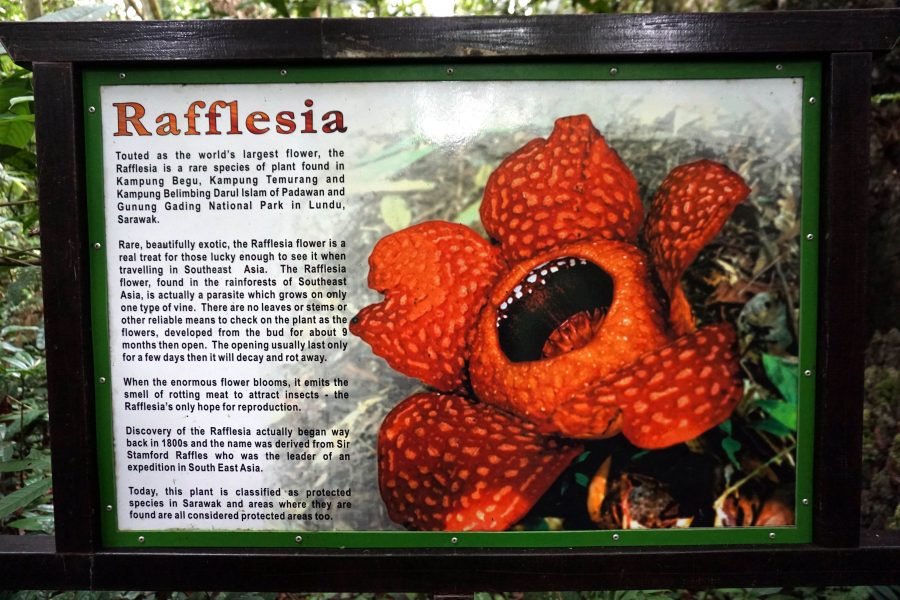
The worlds biggest flower
The largest flower in the world is the Rafflesia arnoldii. Here are some key points about it:
1.Size:
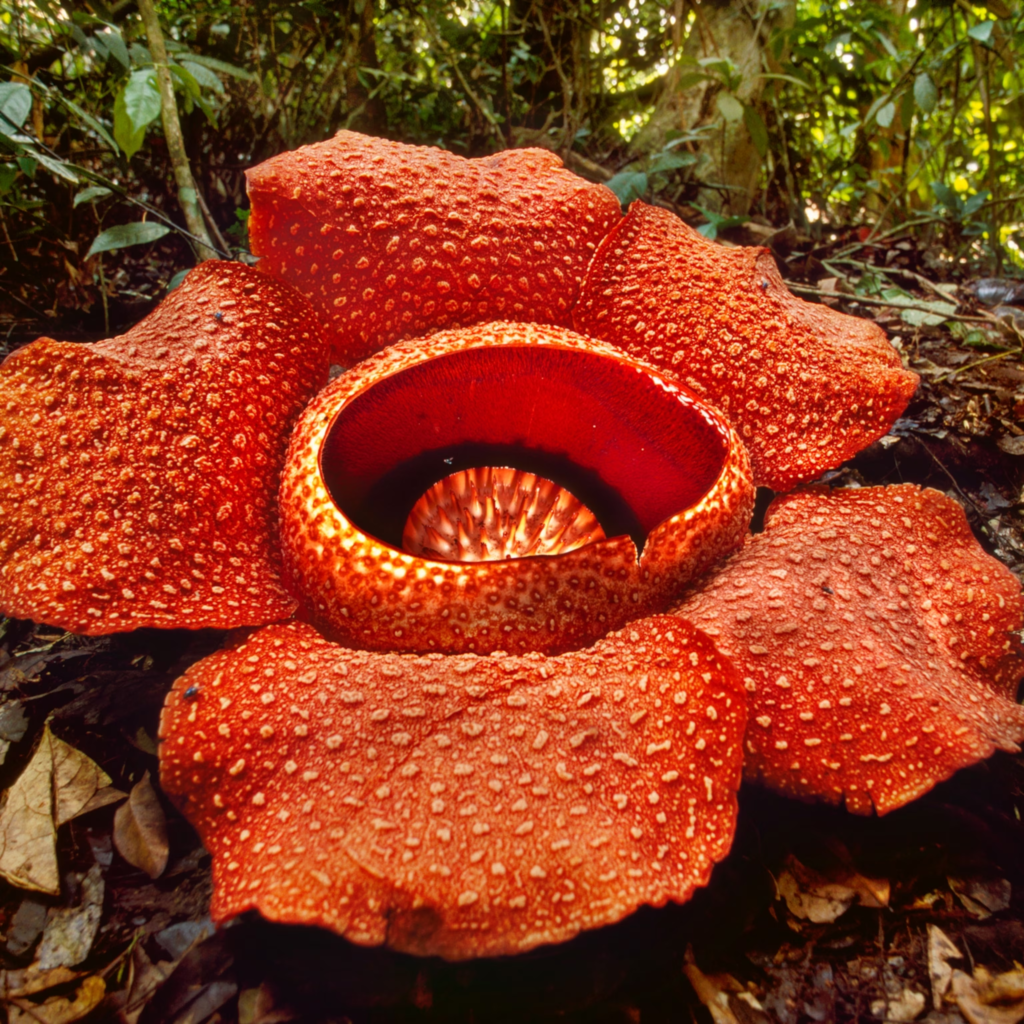
- The flower can grow up to 3 feet (1 meter) in diameter.
- It can weigh up to 15 pounds (7 kilograms). 2.Habitat:

- Native to the rainforests of Southeast Asia, particularly Indonesia and Malaysia. 3.Appearance:
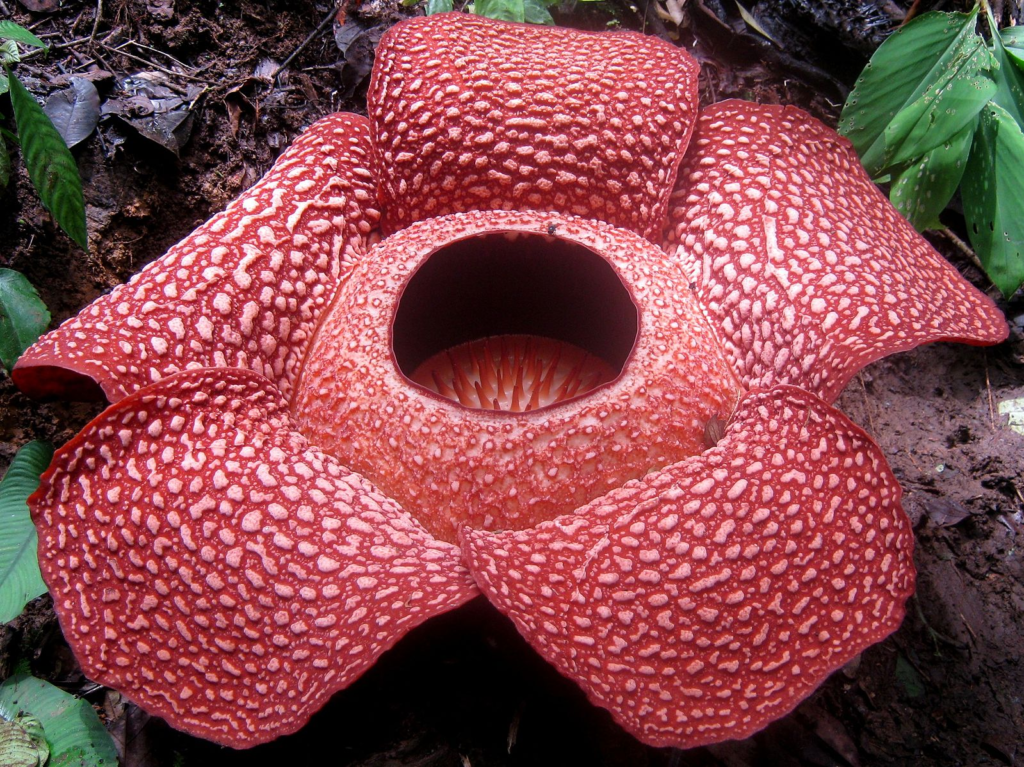
- The flower has five large, fleshy petals that are usually red with white spots. 4.Scent:

- Known as the “corpse flower” due to its strong, unpleasant odor resembling rotting meat.
- The scent attracts carrion flies, which pollinate the flower. 4.Life Cycle:

- The flower blooms for only a few days before it starts to decay.
- It is a parasitic plant, attaching itself to the roots of a host vine (typically Tetrastigma) for nutrients and water. 5.Reproduction:

- Difficult to cultivate due to its specific parasitic nature and habitat requirements.
- Requires both male and female flowers to bloom simultaneously for successful pollination, which is rare. 6.Conservation Status:
- Considered a threatened species due to habitat loss and the specific conditions needed for its growth. 7.Discovery:
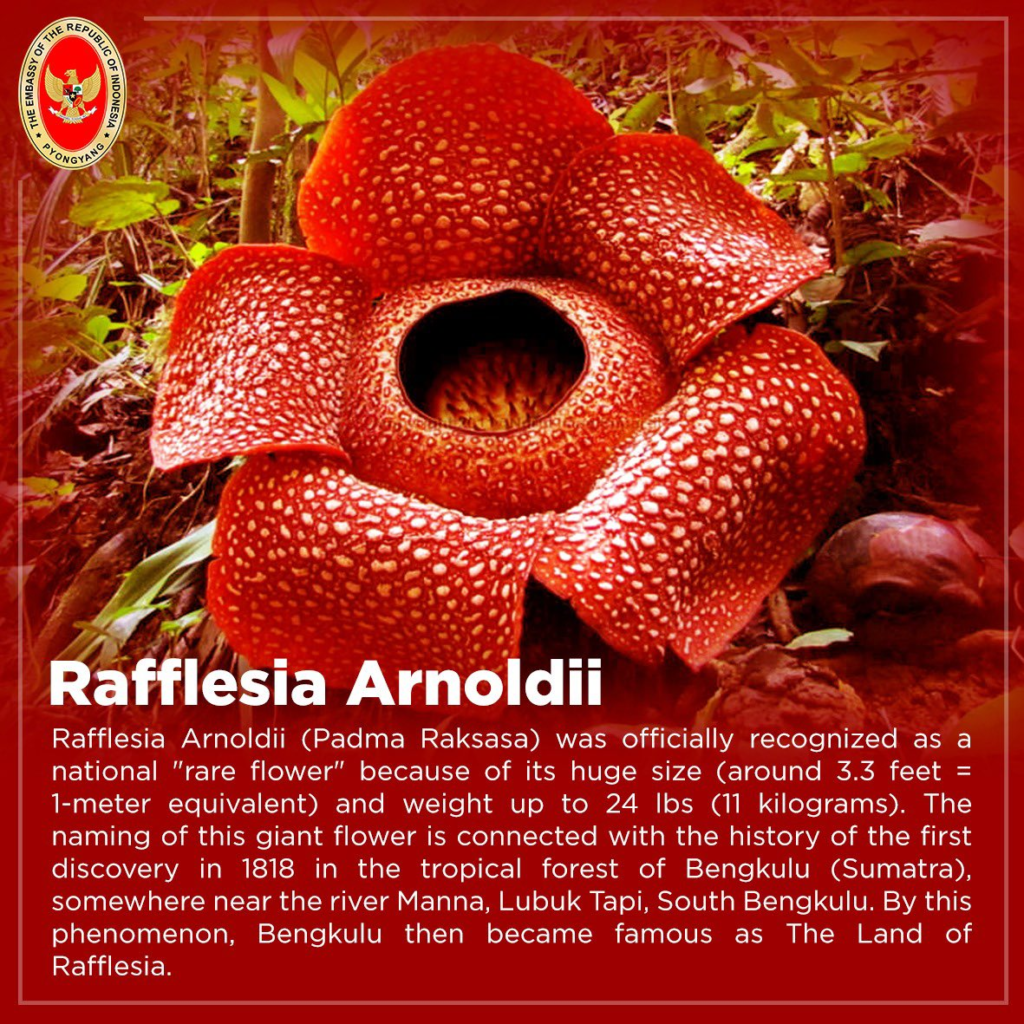
- First discovered by the local tribes in the early 19th century.
- Named after Sir Stamford Raffles and Dr. Joseph Arnold, who documented the species in 1818. 8.Cultural Significance:
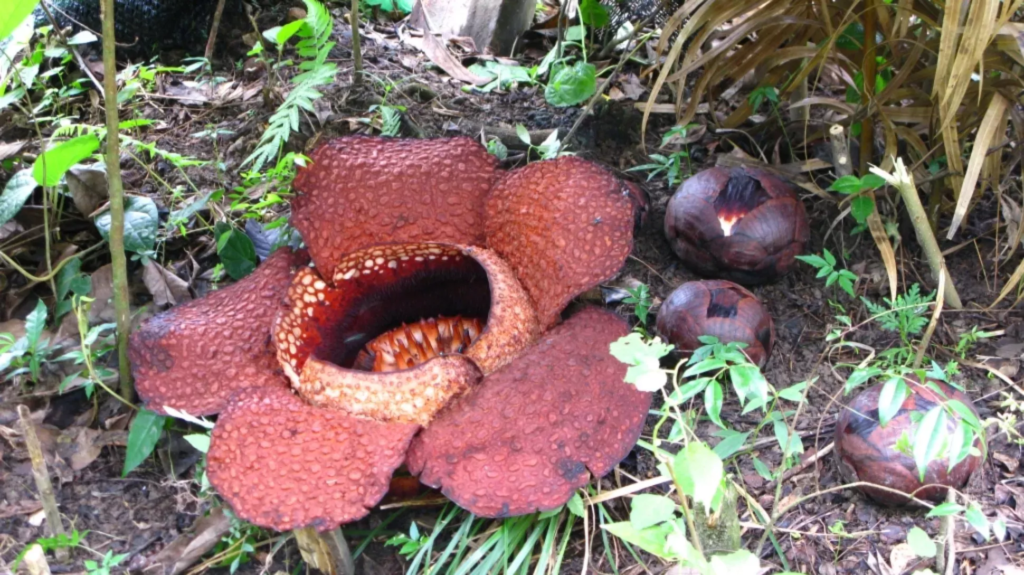
- It holds cultural importance in the regions where it is found, often considered a symbol of the rich biodiversity of Southeast Asia.





nice post